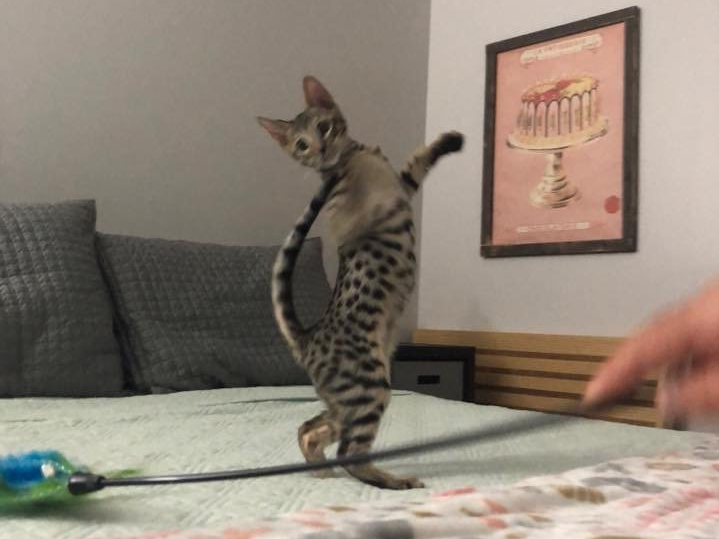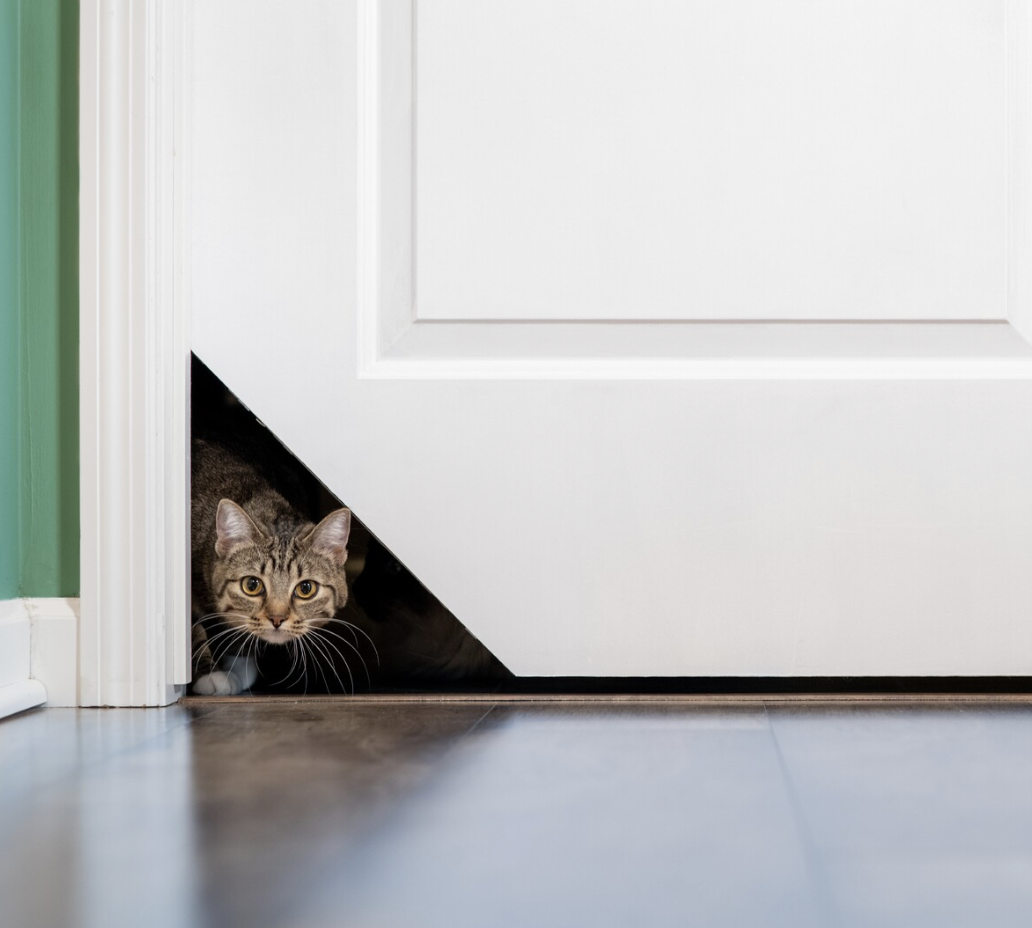If you live with a Savannah or any other feisty cat, you are aware that things may quickly go from peaceful to chaotic. Your cat is enjoying the sun for a moment. Then, as if spotting invisible prey under the couch, they race into the living room. These outbursts might seem random, but some surprising culprits flip that switch faster than you can say “treat.”
The Mysterious Power of Catnip
Many cat parents also wonder, can cats eat catnip, and if so, does it play a role in triggering these sudden bursts of energy? Catnip is nature’s little trickster. A chemical substance called nepetalactone binds to receptors in the cat’s nose when it is sniffed or consumed, producing a momentary euphoric effect.
Others turn into turbocharged zoomies that turn frightened humans and shredded paper into rubble, while other cats roll around in pleasure. Not every cat reacts, though — genetics decide whether your furball turns into a party animal or shrugs off the leafy green stuff like stale salad.
The Witching Hour: Nighttime Zoomies
Have you ever wondered why your cat turns into a tiny tornado at 6:00 in the evening? It’s part of their genetic composition. They tend to be most active during the times of dawn and twilight. Their predecessors hunted during these hours, taking advantage of the low light levels and the prey’s sleepiness.
Modern indoor cats still hear that ancient calling. So if your cat bolts across the hallway when you’re ready to unwind, you can blame millions of years of wild instincts urging them to “catch dinner” — even if dinner is just a toy mouse under the sofa.
Innocent Triggers: Shadows, Reflections, and Random Objects
Sometimes, the smallest thing turns an ordinary day into a feline obstacle course. A flickering shadow on the wall, a dancing laser pointer, or even a rogue hair tie can push a cat’s predator button. To you, that shiny reflection bouncing off your phone is harmless. To your cat, it’s an irresistible target demanding to be conquered.
Stories of cats launching sneak attacks on curtains or staring at invisible spots on the ceiling have baffled humans for centuries. It’s not prankish behavior — it’s essential skills for thriving in a cozy living room.
Sound Surprises: The Power of Crinkles and Clicks
There’s something about certain sounds that flips the crazy switch instantly. A crinkling bag? That’s a signal for treats, toys, or a fresh hiding spot. A pen dropping to the floor? A thrilling chance to bat it under the fridge for you to find later.
Even the soft thud of a cabinet door will put some cats on the lookout, believing that a tasty treatis imminent. They live in their world, and every sound is a new game waiting to be pursued.
When Play Becomes a Workout
Those crazy dashes and mid-air leaps do some good. Playtime is exercise in disguise. Cats often become bored or even anxiously destructive when they don’t play. Their daily “frenzies” keep them mentally and physically active.
Use that wild energy with feather wands, puzzle toys, or good old cardboard boxes. To ensure the thrill never fades, switch up the toys. In addition to being content, a weary cat will also make your furniture happy.
Conclusion
The benefits of sharing a room with a crazy cat include unexpected runs, daring leaps, and the occasional 3:00 a.m. Drag-race entertainment in the hallway. With each lightning-fast sprint, you can be certain that your cat is healthy and living life to the fullest.
The next time your Savannah flies by you like a flash, keep in mind that the magic is the craziness. When you accept the turmoil, let your wild side run wild, and laugh at the caustic outbursts, your cat can demonstrate to you how much fun life can be.















